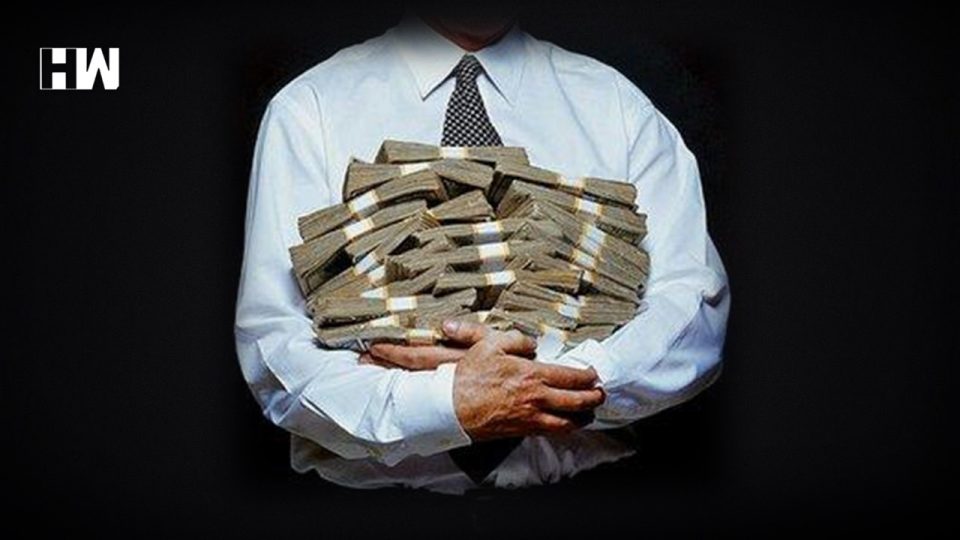The bigger issue also is that these monetary policy initiatives have failed to restore the balance of supply of cash flow in the economy.
The monetary policy response of the RBI to the COVID crisis last year, was to prune interest rates and increase the supply of money in the economy. The hope was that cheap funds in abundant supply in the economy will encourage borrowing and spending by the households and investments by the corporates. The object was to also provide much-needed liquidity to struggling entities, to survive the deadly economic crisis that came with the pandemic. The money supply was thus increased in the system, to ensure its easy availability to all those, who needed it the most. The repo rate, therefore, continues to be pegged at 4% to encourage borrowing and the reverse repo rate is at 3.35% to discourage banks from parking their surplus funds with the RBI and compelling them to lend.
This liberal monetary policy of the RBI, with an accommodative stance, however, failed to deliver, which is best evident from the fact that neither consumer spending nor corporate investments have gone up and lending by banks remains tepid. The bigger issue also is that these monetary policy initiatives have failed to restore the balance of supply of cash flow in the economy, such that those who need it the most don’t have it and those who don’t know what to do with it (hence don’t need it), have it in surplus. It is a lopsided situation that is adversely affecting GDP growth and is also aggravating business failures/closures, for sheer want of liquidity.
This imbalance of cash flow in the economy and it’s lopsided/uneven position is evident/manifest in various worrying disconnects in the economy, which are:-
- Household incomes have fallen, but their savings have risen, due to their reluctance to spend.
- Banks are flush with money and are in the business of lending, but are averse to lending.
- The RBI is prodding banks to lend to corporates/consumer, but banks prefer to give back surplus funds to the RBI, rather than lend.
- Large corporates are sitting with huge funds, unable to deploy them profitably.
- Stock markets are flooded with surplus short term liquidity, creating an artificial boom, with no connection to the real economy.
- IPOs of questionable companies too are hitting the markets successfully, with household investors willing to invest, but not spend.
- Profits of large corporates have increased, not due to a rise in sales, but due to cost-cutting.
- Consumer demand is down, yet inflation remains buoyant.
- The macro fundamentals of the economy are weak, but the rupee remains stable/strong.
- The middle class is shrinking and inequalities are rising.
As a result of these mismatches, the cash flow in the economy remains lopsided. Those who don’t need it in surplus, but yet have it, are the likes of large corporates, banks, stock market, IPOs, RBI and the corrupt sections of society and those who need it the most and don’t get it are the likes of MSME units, individuals/households facing unemployment, NBFCs, Government of India and struggling sectors like travel, tourism, transport and theatres.
The fact is that there is a breakdown of the function of circulation/rotation of cash in the economy because those who have the cash, including corporates, banks and consumers, are not investing/lending or spending and thus those who need it are not receiving it. Due to sheer lack of confidence and fears of uncertainty, the willingness to risk in investment, lending or spending is not there, resulting in a breakdown in the rotation of turnover and cash in the economy. This is at a time when there is no dip in the supply of money and currency in the economy, which remain in abundant volume. The answer to the larger issue of where is the cash gone is as under:-
- Circulation of funds that takes place when you invest, lend, spend, has slowed down considerably, leading to the hoarding of funds, particularly in liquid assets. Thus cash is not visible, to those who need it.
- That has resulted in a lopsided cashflow, where there are the haves and the have-nots, insulated from each other and reluctant to transact with each other, to the detriment of the overall Indian economy.
As an independent media platform, we do not take advertisements from governments and corporate houses. It is you, our readers, who have supported us on our journey to do honest and unbiased journalism. Please contribute, so that we can continue to do the same in future.

